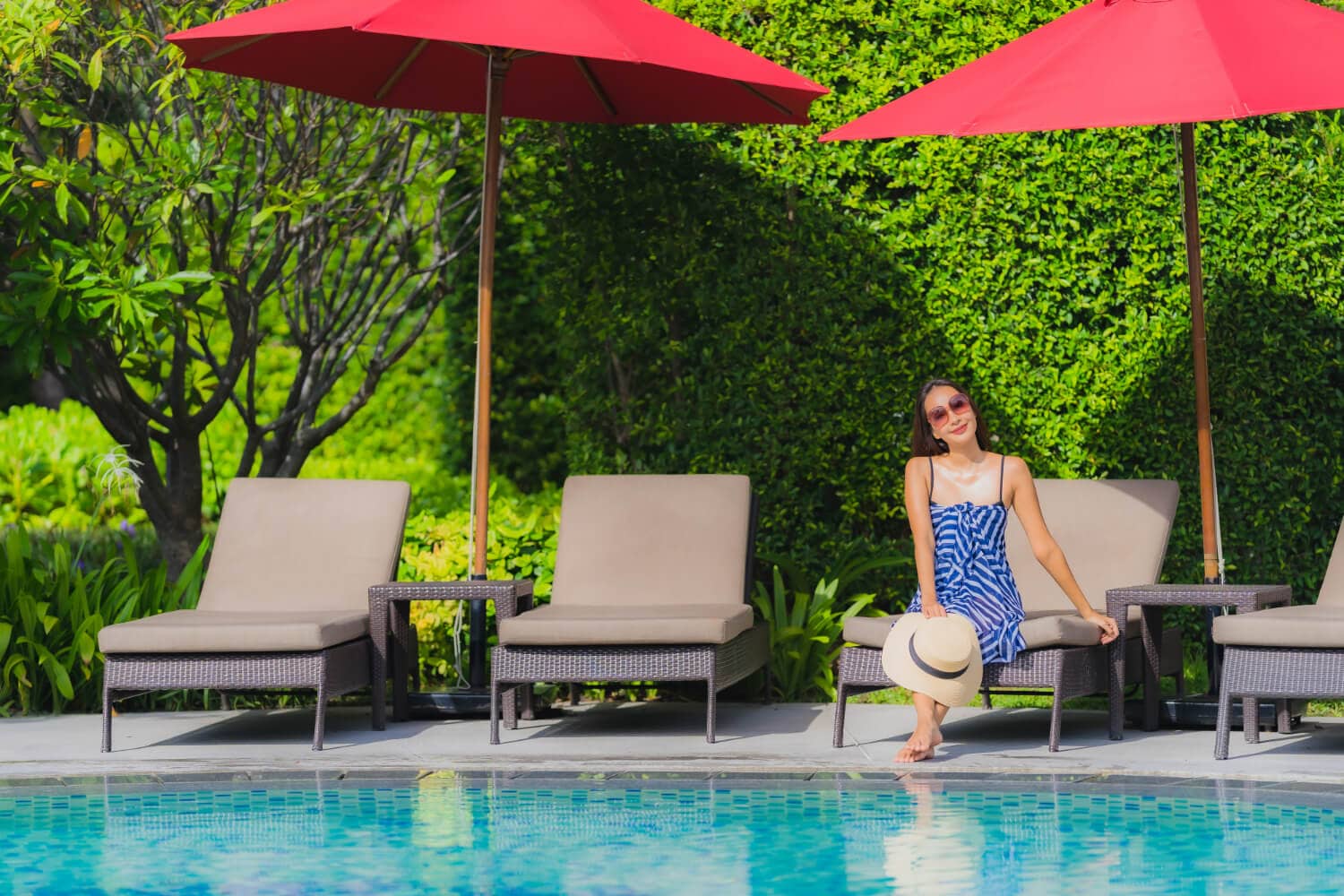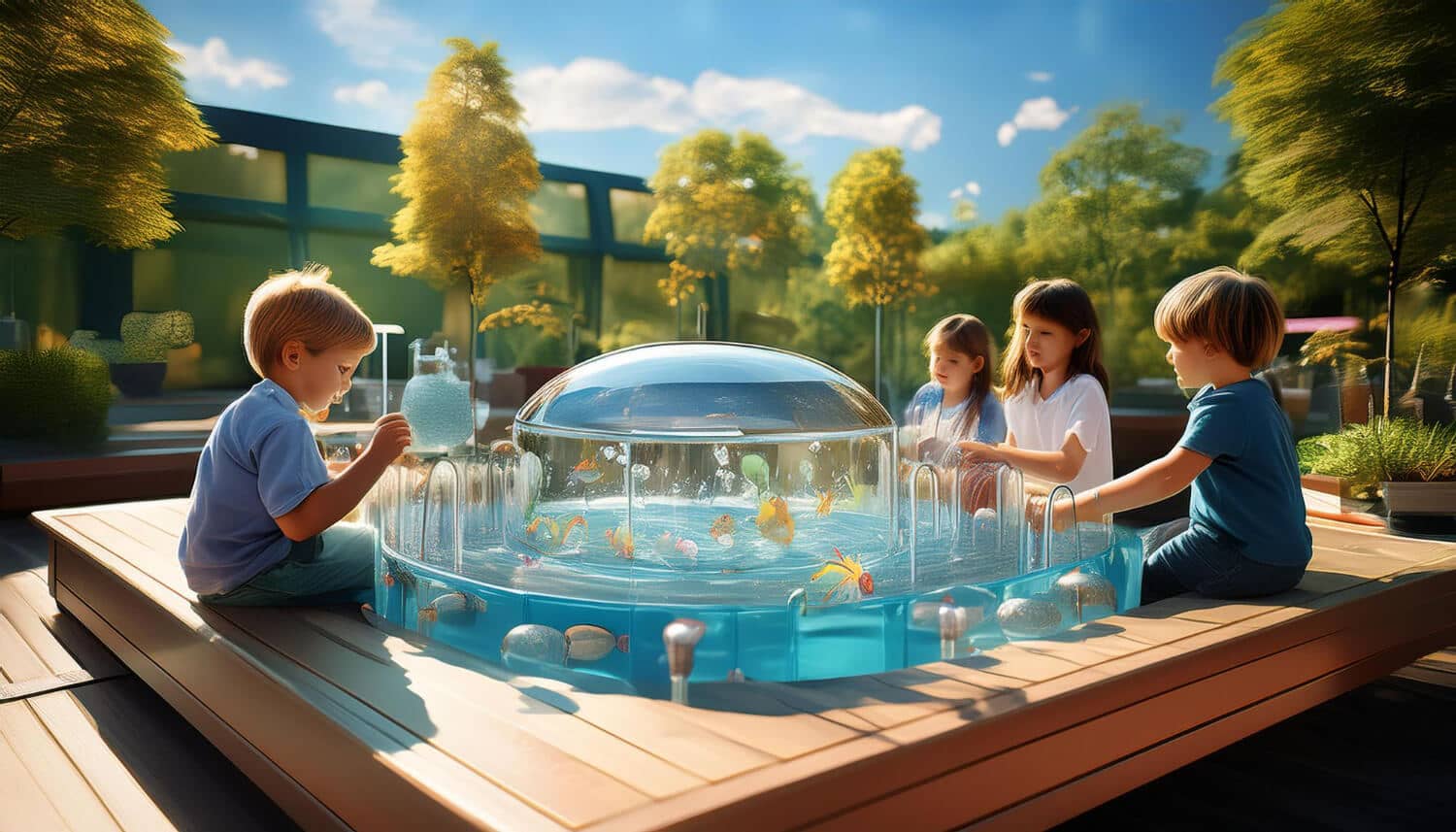The Small Pools You Need to Know About
Choosing the perfect swimming pool design is an exciting yet significant decision for any homeowner. A well-designed pool not only enhances your outdoor living space but also adds to your home’s overall value. However, picking the right design requires thoughtful consideration, as each pool style offers different benefits depending on your needs, preferences, and available space.
To help you make an informed choice, KY Pool Company has outlined the key steps to guide you through the process of selecting the best swimming pool design.
Step 1: Assess Your Space and Environment
Before diving into pool designs, the first step is to evaluate the available space in your yard. The size, shape, and layout of your backyard will have a major influence on the type of pool you can install. Here are a few factors to keep in mind:
Yard Size: Larger yards can accommodate bigger or more complex pool designs, while smaller spaces may call for a more compact or sleek pool design.
Natural Features: Consider existing trees, slopes, and the surrounding landscape. Will the pool enhance or clash with the natural elements of your property?
Sunlight Exposure: Ensure that the pool location gets enough sunlight during the day, as this affects both water temperature and energy efficiency.
Local Climate: The climate in Kentucky, for instance, should factor into the design. A pool in a warmer climate may benefit from features like shade or sunbathing areas, while cooler regions may require heated pools.
Understanding your space will help determine not just the size of the pool but also its shape, placement, and additional features, such as decking or landscaping.
Step 2: Define Your Purpose
Why are you installing a pool? Understanding the primary reason for wanting a pool will heavily influence the design you choose. People install pools for various reasons, and each objective leads to different design considerations:
Recreation and Family Use: If the pool will be a hub for family activities and social gatherings, you might opt for a large, shallow-end pool with added safety features, such as a graduated depth or a fence for small children.
Exercise and Lap Swimming: For fitness enthusiasts, a rectangular lap pool is often the best choice, providing ample space for swimming without distractions.
Relaxation: If your primary goal is relaxation, consider a design with integrated spas, water jets, or shallow lounging areas.
Aesthetic Appeal: Some homeowners prioritize the visual appeal of a pool to complement their landscaping. Infinity pools or freeform pools with waterfalls and rock features may be the way to go if aesthetics are your priority.
By defining the pool’s purpose, you can narrow down the most suitable design that fits both your lifestyle and preferences.

Step 3: Choose the Right Pool Shape
The shape of your pool can transform the look of your outdoor space and its functionality. There are several pool shapes to consider, each offering distinct advantages:
Rectangular Pools: The classic and versatile choice, rectangular pools are perfect for lap swimming and provide a sleek, modern look. This shape is particularly effective in homes with a contemporary design.
Freeform Pools: These pools are designed with curves and irregular shapes to blend seamlessly into natural surroundings. Freeform pools are great for homeowners looking for a more organic, lagoon-like appearance.
L-Shaped Pools: These pools provide both recreational and lap-swimming space, with one section dedicated to laps and another for relaxation or family activities. L-shaped pools work well for maximizing space and offering flexibility.
Circular or Oval Pools: These are great for creating a relaxed, spa-like atmosphere. They are ideal for small gatherings, relaxing, or enjoying intimate swim sessions.
Custom Shapes: For a truly unique pool, custom shapes allow you to get creative. These are tailored to your yard’s layout, providing maximum flexibility and ensuring the pool fits your specific needs.
The shape you choose will influence not only the pool’s aesthetic but also how you use the space. Be sure to discuss your ideas with your pool designer to find the best match for your yard.
Step 4: Select Materials and Finishes
The materials used for your pool’s construction and finish can greatly impact its appearance, durability, and maintenance requirements. Here are the common options:
Concrete: A popular material for its versatility, concrete allows for customizable shapes and designs. It is highly durable but requires regular maintenance, such as resurfacing
Vinyl: Vinyl liners offer a more budget-friendly option while still allowing for flexible designs. However, vinyl pools may be prone to punctures and need occasional liner replacements.
Fiberglass: Fiberglass pools come in pre-made shapes and are known for their durability and low maintenance. They are quicker to install but offer fewer customization options compared to concrete.
Tile and Stone Finishes: The finishing material can elevate the look of your pool. Tiles offer a sleek, modern appearance, while natural stone gives the pool a more earthy and luxurious feel.
Your choice of material will depend on factors such as budget, desired aesthetic, and maintenance commitment. Discussing these options with your pool company will help ensure you pick a material that suits your long-term goals.

Step 5: Integrate Pool Features
Incorporating additional features into your pool design can enhance both its function and visual appeal. Here are some popular features to consider:
Waterfalls and Fountains: These can be the center of attention in your pool area and help to create a calming mood. They support the preservation of water circulation as well.
Lighting: Underwater LED lighting can transform your pool at night, adding ambiance and improving safety. You can even choose color-changing lights for a dynamic effect.
Heating Systems: Installing a pool heater can let you use your pool longer in the winter. An environmentally beneficial solution that can save energy expenses is solar heating.
Pool Decking: A beautiful deck surrounding your pool not only adds to its aesthetic but also provides functional space for lounging, entertaining, or sunbathing. Choose from materials like wood, stone, or composite decking.
Automation: Modern technology allows for automated pool systems that can control filtration, cleaning, lighting, and heating from a smartphone app. This feature is ideal for those who want to simplify pool maintenance.
Step 6: Plan for Safety and Maintenance
Safety and maintenance are critical factors when designing a swimming pool, especially if children or pets will be using the space. Some safety features to consider include:
Fencing: Installing a fence around the pool can prevent accidents and keep young children or pets out of harm’s way.
Pool Covers: Pool covers can serve multiple purposes, including keeping debris out, maintaining water temperature, and improving safety.
Slip-Resistant Surfaces: Opt for slip-resistant pool decks to reduce the risk of slipping, particularly in wet conditions.
Don't forget about your pool's continuous maintenance needs, which include chemical balancing, filters, and cleaning systems. Certain pool designs use self-cleaning mechanisms or employ seawater, thereby decreasing the requirement for chemical treatments.
Step 7: Set a Budget
The final step in choosing your ideal pool design is to establish a budget. Pool installations can range significantly in cost depending on factors like size, materials, features, and labor. KY Pool Company recommends working closely with your contractor to break down the costs and ensure that your design fits within your financial parameters.
Conclusion
Determining the ideal swimming pool design requires balancing practical considerations with personal preferences. You may design a pool that improves your outdoor living area and adds long-term value to your house by measuring your available space, determining the purpose of your pool, choosing the ideal shape, materials, and features, and making maintenance and safety plans. From conception to completion, KY Pool Company is here to help, making sure your ideal pool becomes a reality.
